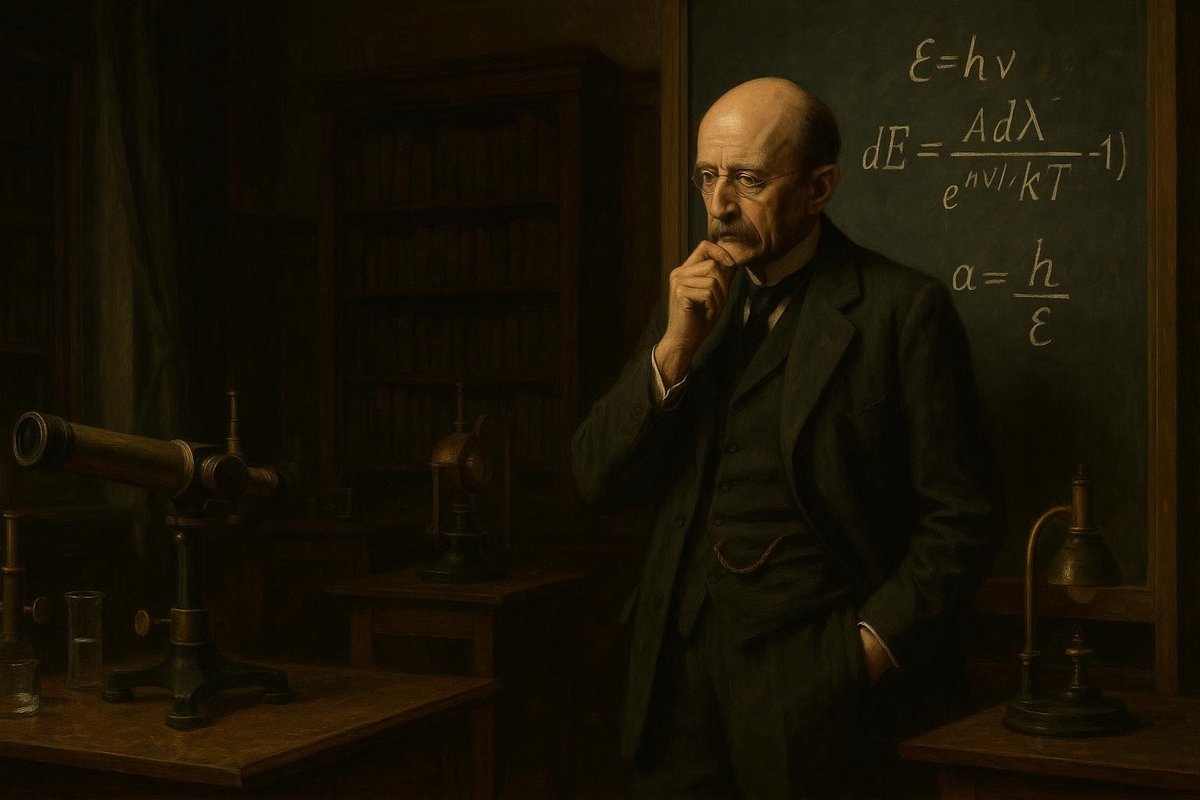
Unpacking the Quantum Question
Why does light sometimes behave like a wave and other times like a particle? At first glance, this question may seem simple, yet its implications have puzzled and intrigued scientists for decades. The idea that energy could be quantized—existing in discrete packets rather than continuous waves—was a revolutionary concept introduced by Max Planck in 1900. It helped explain phenomena such as black-body radiation, which classical mechanics could not.
- Classical physics assumed energy could vary continuously, like water from a tap.
- Planck’s quantum theory suggested energy drops in discrete units, akin to pouring marbles.
- This shift provided a theoretical framework for understanding atomic and subatomic processes.
The concept of quantized energy challenged the prevailing Newtonian view that had dominated science for centuries. It laid the groundwork for the development of quantum mechanics, a field that would fundamentally alter our conception of reality.
Surprising Facts: The Quantum Revolution
Many people believe physics has always been a steady march towards clarity, yet the early 20th century was rife with upheaval. When Planck introduced his constant, h, he was more interested in solving a problem of radiating bodies than rewriting physics textbooks. His work on black-body radiation was a pivotal moment that marked the beginning of quantum mechanics.
- Planck’s constant (h) became a fundamental constant in physics.
- Interestingly, Planck himself was initially skeptical of his own theory’s implications.
- This skepticism did not prevent others, like Albert Einstein, from expanding on his work.
As time went on, Planck’s theory gained acceptance and led to a deeper understanding of the dual nature of light—a conversation that still sparks debates today. His work demonstrated the limits of classical physics and opened the door to modern scientific inquiry.
What Science Says: The Legacy of Quantum Mechanics
Of course, Planck was not the only thinker grappling with the inadequacies of classical mechanics. His work came during a period when physicists were questioning the very foundation of their field. The inadequacies were not just theoretical; they had practical implications in understanding the atomic world.
- The photoelectric effect and atomic spectra could not be explained by classical theories.
- Planck’s theory was later expanded by Einstein and Bohr, leading to the quantum model of the atom.
- Rival theories, such as those proposed by classical physicists, were gradually set aside.
Quantum mechanics provided a new language and set of tools to describe phenomena at the atomic and subatomic levels, influencing areas from chemistry to computer science.
What It Means for Us: The Enduring Impact
So, what does Planck’s introduction of quantized energy mean for us today? Beyond its impact on science, it catalyzed a philosophical shift in how we perceive reality. Quantum mechanics has brought to light the uncertainty and probabilistic nature of the universe, reshaping our understanding of nature itself.
- The probabilistic nature of quantum mechanics challenges classical determinism.
- It raises questions about the nature of observation and measurement.
- The implications extend to technology, from semiconductors to quantum computing.
No wonder Planck’s work is still a topic of interest; it continues to fuel discussions around science and philosophy, bridging the gap between what we know and what we can only imagine.
Fuel Someone Else’s Curiosity
If this article sparked a question or a thought, why not share it with a friend or a fellow enthusiast? Discussing these ideas can offer fresh perspectives and deepen your understanding of the fascinating world of quantum mechanics. Let’s keep the conversation going!

Leave a Reply